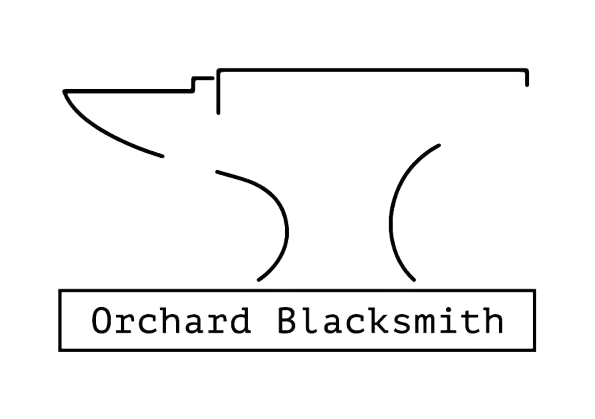Forged in Fire: The Untold History of Women in Blacksmithing
When we think of blacksmithing, the image that often comes to mind is a burly, bearded man hammering steel over an anvil. But history tells a different story—one where women played a significant but often overlooked role in the blacksmithing trade.
From medieval Europe to the American frontier and beyond, female blacksmiths have shaped metal and history alike. This blog post uncovers the hidden contributions of women in blacksmithing and their rising presence in the modern era.
1. Women in Early Blacksmithing: Breaking the Historical Mold
Though not always documented, women have been involved in blacksmithing for centuries. Some historical examples include:
Medieval Female Blacksmiths: In the Middle Ages, women in blacksmithing were often the daughters or wives of male smiths, working alongside them in family-run forges. Records from England and France show women listed as “smiths” in town ledgers as early as the 13th century.
18th & 19th Century America: Women blacksmiths were essential on the American frontier, where they crafted tools, horseshoes, and wagon parts. Notable figures include Elizabeth “Betsy” Hager, who helped forge cannons for the American Revolution.
World War Eras: As men left for war, many women took up industrial smithing roles in munitions factories and shipyards, proving their capability in heavy metalwork.
2. The Challenges and Stigmas Faced by Female Blacksmiths
Historically, blacksmithing was seen as “men’s work,” and women often had to fight for recognition. Many female blacksmiths were excluded from guilds, apprenticeships, and formal training, forcing them to learn through family connections or sheer determination.
Even today, only about 10% of blacksmiths are women, though this number is growing as more women reclaim their place in the forge.
3. The Modern Rise of Women in Blacksmithing
The blacksmithing revival has brought new opportunities for female artisans. Organizations like the Blacksmithing Guild of the Potomac and the California Blacksmith Association now actively support women in the trade.
Notable modern blacksmiths include:
Rachel David, known for blending sculpture with metalwork.
Caitlin Morris, a rising artist in tool-making and architectural metalwork.
Ellen Durkan, famous for her "forged fashion" metal corsets.
With the rise of YouTube tutorials, blacksmithing schools, and online communities, more women than ever are picking up hammers and forging their path in metalworking.
4. Why Blacksmithing Needs More Women
Encouraging women in blacksmithing benefits the craft as a whole:
New Perspectives → Fresh approaches to tool design and artistry.
Expanding the Craft → More accessibility for beginners, regardless of gender.
Historical Justice → Recognizing past female blacksmiths who never got credit.
5. Getting Started: Resources for Aspiring Female Blacksmiths
If you’re interested in blacksmithing, here’s where to start:
Beginner Workshops – Many local guilds offer intro courses.
Books & Online Courses – “The Backyard Blacksmith” by Lorelei Sims (a female blacksmith!) is a great starting point.
Join the Community – Follow female blacksmiths on Instagram, YouTube, and at events like the Women’s Blacksmith Gathering.
Conclusion: The Future is Forged by All
Women have always been a part of blacksmithing, even when history forgot them. As more women enter the craft today, they are not just reclaiming an ancient tradition—they are reshaping its future.
